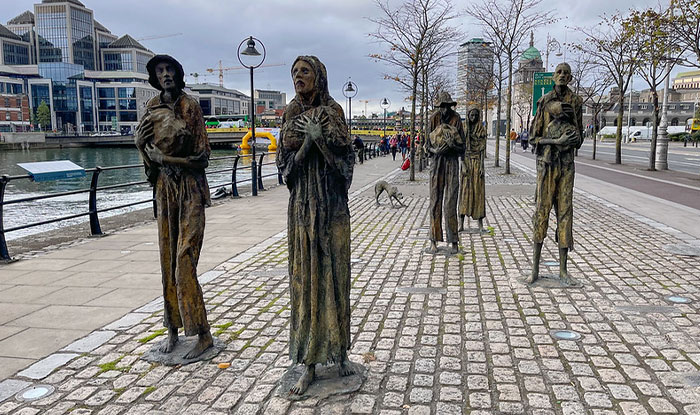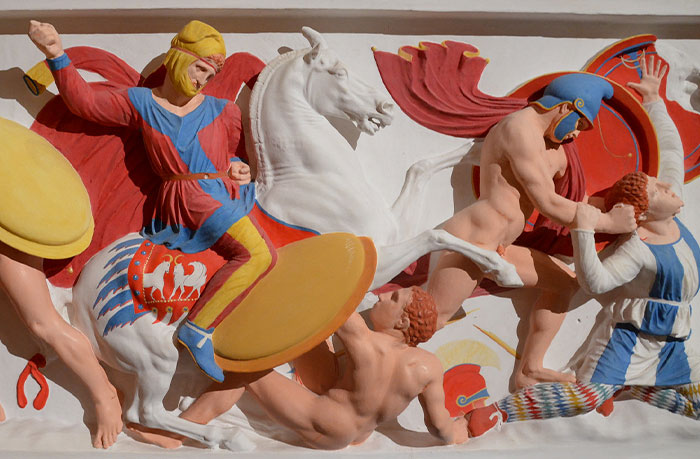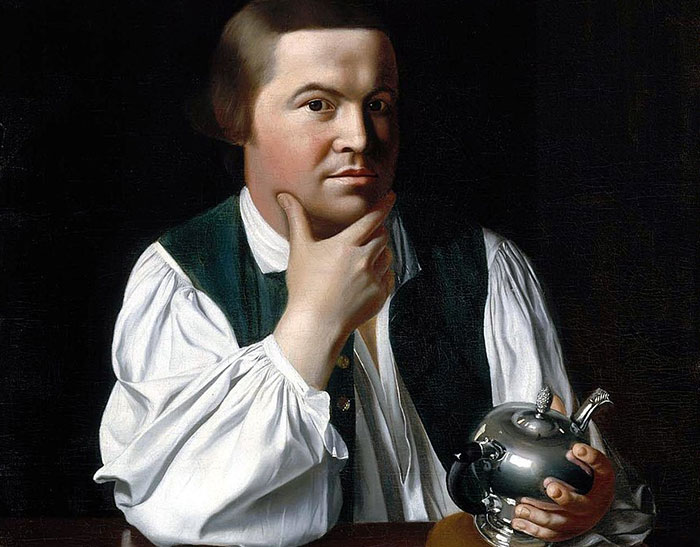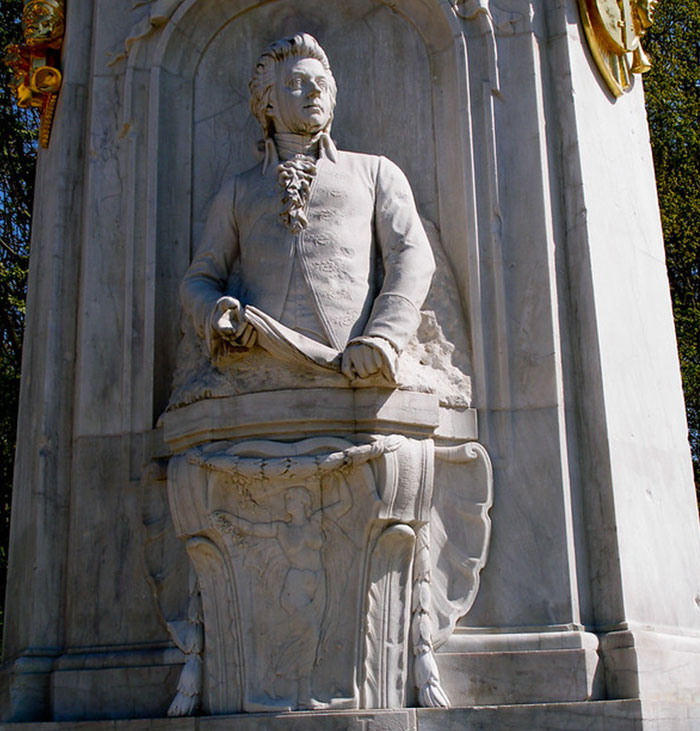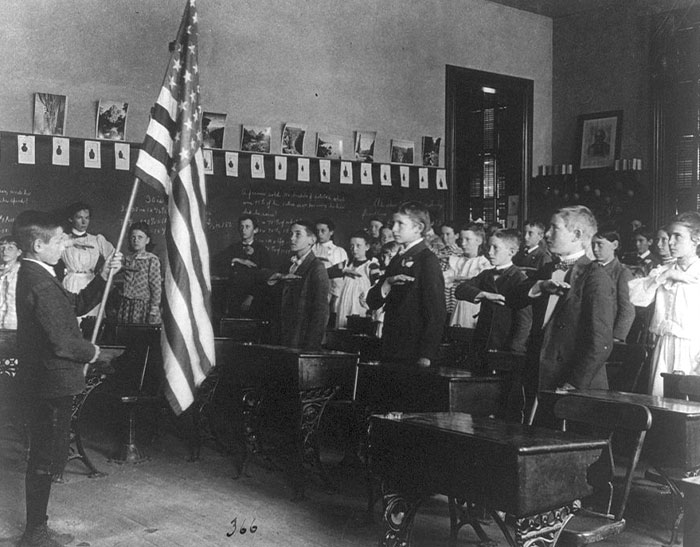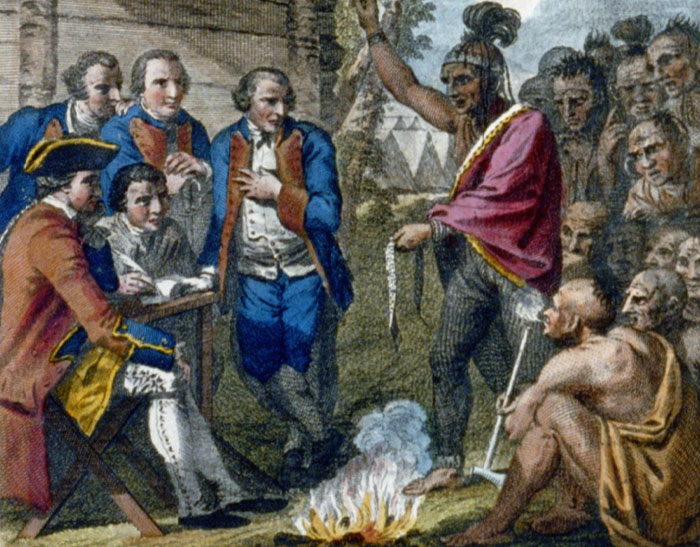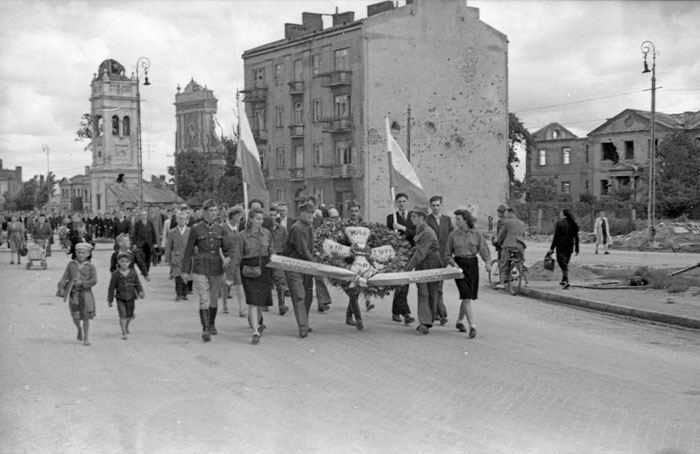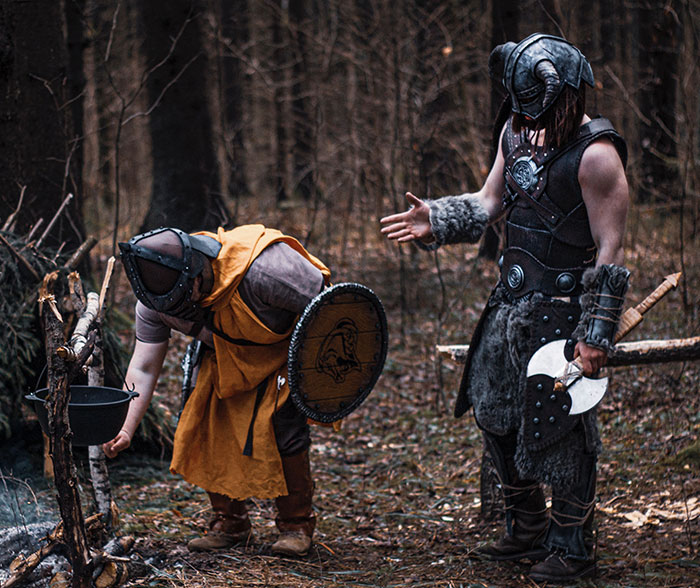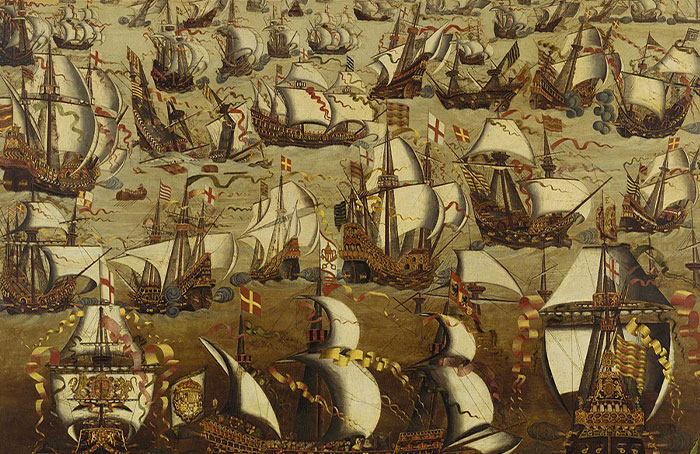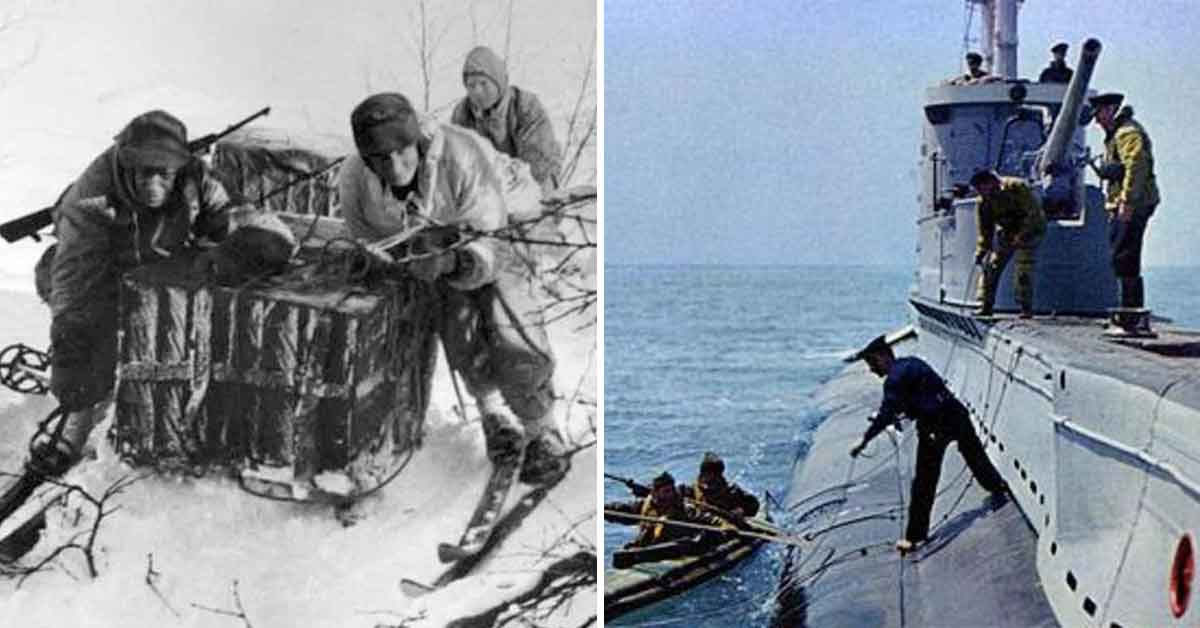29 Historical Facts That Were Proven Wrong.
Still many people still believe them.
Published 2 years ago
1
Einstein never failed math, the rumor started from Ripley’s Believe It Or Not and Einstein actually responded to them saying “I never failed in mathematics. Before I was 15 I had mastered differential and integral calculus.” He wasn’t very good at the non-science related classes though and did fail French.
2
The Lady who sued McDonalds didn't do so frivolously. She received third degree burns from how hot that coffee was, and needed a skin graft. It was quickly found that that location was keeping the coffee well above the temperature you can legally serve a hot drink in a cup at. The fact that most people think this suit was over the temperature of the coffee, and not the debilitating burns that woman received, is one of the PR worlds greatest triumphs. You are not immune to propaganda.
6
Ninjas dressed in all black to stay stealthy in the night or something like that. Ninjas dressed like normal people to blend in, the all black look stemmed from Japanese theatre to make it more obvious to the audience who the ninjas were. If they wore all black it'd be quite obvious and they'd stick out like a sore thumb
8
So many people completely misunderstand pre-industrial lifespans. The average age of death was 30 not because our bodies wore out faster, but because of how averages are calculated. A lot of people died as children. A much larger chunk of the population died in wars. If you got in an accident, healing without modern medicine was difficult. But for people who reached adulthood, and then avoided violence, injury, and plague, living to be 60 or 70 was pretty normal.
10
The image of Roman gladiators fighting to the death. While there were many exhibition fights in the arenas where the goal was death, these were not gladiator contests. Prisoners, and the condemned, were thrown out to fight to the death, but not real gladiators.Training a gladiator was an expensive, and lengthy, investment and having them die constantly would be bad for business.
15
That historically people, especially the 'peasant class' of medieval Europe, stank. This is born of two factoids: firstly that people very rarely if ever had baths, and secondly that people rarely if ever washed their clothes. Both are kind of true but misleading and with massive caveats. First, bathing. Think of the amount of work involved in preparing a bath in the days before hot running water. You go to the well, get a bucket of water, lug it back across the village to your house, put it in a pan over the fire to heat it up. That's one bucket. You'd have to do that half a dozen times at least. Even if you've got servants to do all the actual work, it would take a lot of servants a lot of time to get you a bath ready. But that doesn't mean people didn't wash! Most people washed daily - using a basin of water and a cloth, basically a sponge bath. Soap made of animal fat and ash has been around for thousands of years and is pretty effective at lifting dirt off the skin. As any one of us who's had to sponge bathe for a while (e.g. After a surgery) will know, it may not be ideal, but it gets the job done. Films generally portray "peasant" with smudges of dirt all over the face but that's just lazy costuming. And now the clothes. True, the outer layers - the layers that we see - were very rarely washed becausd most people only owned one set and they could be very difficult to wash effectively, but you have to remember people, even peasants, wore a *lot* of layers, so that the layer we see was really the equivalent of a coat, and was never really against the wearer's skin gathering sweat. How often do you wash your outer coat? For people in roles where external dirt was very likely to get onto the clothes, aprons and other easily removable garments were used. The layers worn right against the skin - a full dress-like smock for women and a long shirt for men (long enough to tuck around the genitals and butt and also do the job of underpants) - *were* changed and washed as often as possible, because they were the layers that got the body sweat etc on them. They were made more simply and usually of cheap, hardy fabrics specifically designed for easy laundering.
16
“Under God” was not in the original version of the Pledge of Allegiance. The Pledge was written in 1892. It wasn’t until 1954 that President Eisenhower added “under God” in response to fear of communism during WW2. Also - when first implemented, during the pledge people raised their right arm forward so the hand was level with their eyes (directed at the flag) however this was changed during WW2 because it resembled the Nazi salute. The procedure was changed to place the right hand over the heart.
17
That when Europeans first arrived on the East Coast of what is now the US, the land was very sparsely populated and so there was a lot of free land to settle. (At least that's what I've been taught in school.) In reality it turns out the coast was densely populated with Native settlements, to the point where Europeans couldn't even disembark because the Natives wouldn't allow them - they would keep them at the bay just to trade and then force them to turn back. It wasn't until European diseases spread through the continent that 95% of the indigenous population died, and that's when the first colonies began in the US, so that's why we now have the misconception of there always having been lots of open land. In general there are tons of misconceptions about Native Americans and colonial history. I recommend the book 1491 by Charles C. Mann which clears up a lot of these misconceptions (it's where I got the above information from as well.)
19
Carrots are good for eye health, but won't improve your eyesight. Nevertheless, people have been telling me all my life I should eat carrots to see better. The reason people think that is during WW2 the Royal Air Force had this new Radar system and they didn't want the Germans to know about it, so they spread the rumor that the reason their pilots could find their planes so fast was that they ate carrots.
20
That people used swords and axes all the time. Spears. Its spears, most of human history has been spears. Vikings used spears, samurai and knights used spears. Hell, bayonets exist because people felt you always need a spear, even with a rifle in your hand. William Blake said, "When the stars threw down their spears, / and watered heaven with their tears..." Which is stupid. No one throws down their spear. Spears are great for poking people to death.
23
Not sure if quite at the level you're asking for, but it seems to be common knowledge that people didn't fight back against Germans in WW2 and it's because they didn't have guns or were cowards. They fought back a lot. The largest was likely, It just turns out that normal people fighting against a military tend to do poorly.
25
That the Spanish Armada was destroyed. They did lose 44 ships.... out of 137..... And the British also didn't beat them off with a small force. Their navy was actually significantly larger with 197 ships since they were joined by the Dutch Republic. A decisive defeat? Yes. A small English force overcoming and obliterating the might of the entire Spanish and Portuguese navy? No.
27
One from America would be that the famous Johnny Appleseed, out of the goodness of his heart, walked across much of the USA (and even a bit into Canada) planting apple orchards to provide the locals with healthy apples. In reality, he was an eccentric who had financial means and was a shrewd businessman. Yes, he did, in fact, walk around barefoot with a cooking pot on his head -- that much is true. Johnny Appleseed (known as John Chapman to his mother) was planting orchards in areas he believed people would soon move as westward expansion grew across the Midwestern US. But the apples he planted were c**p; they were used to make cider and only to make cider. They were sour and not edible. People eventually moved to those lands, as he predicted, and he paid them to look after his orchards and harvest the apples he sold to breweries.
29
I haven't seen this on here yet but.... No one in the town of Salem was actually "burnt at the stake" during the witch trials. Most of them were hung (muhahah) with one being crushed under rocks. But with most of the kids in school now reading "the crucible", I think this'll start being more well known.



